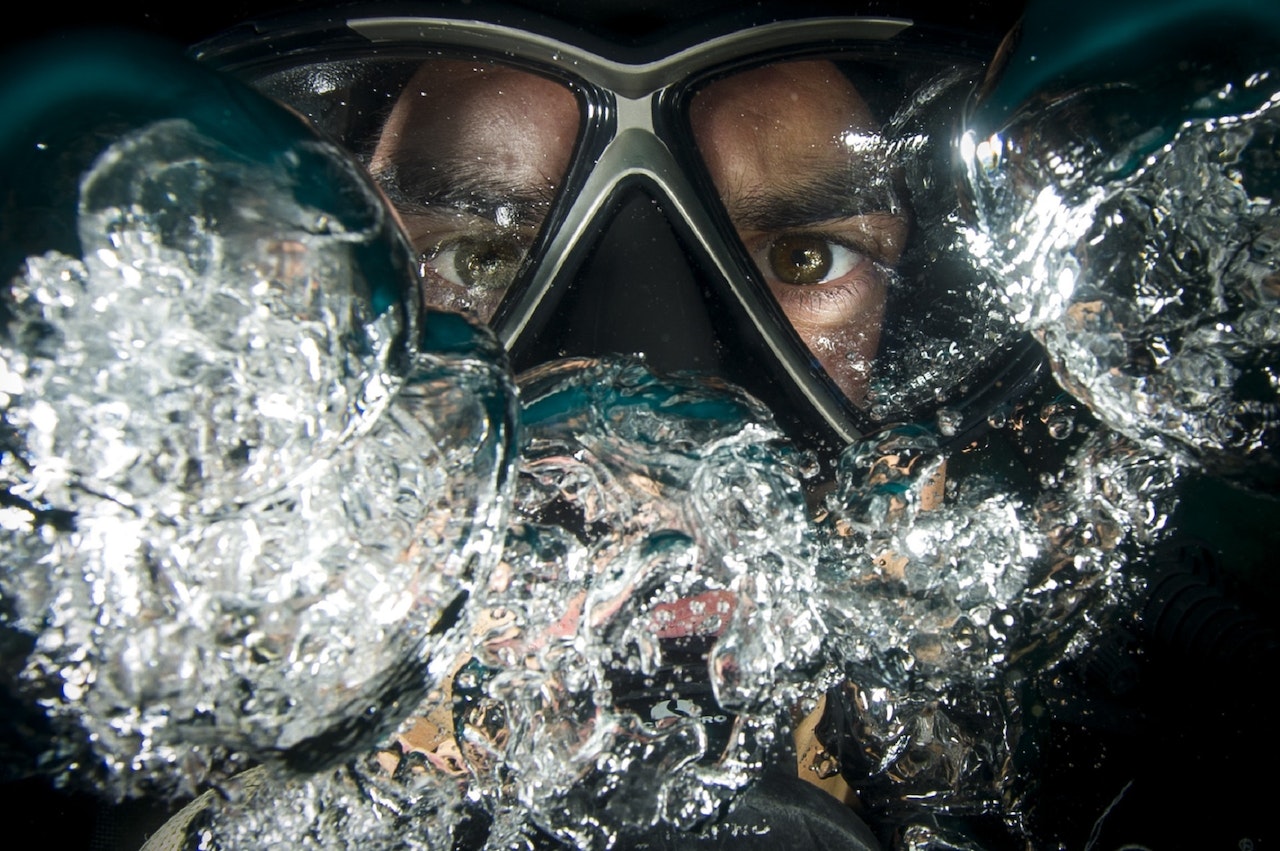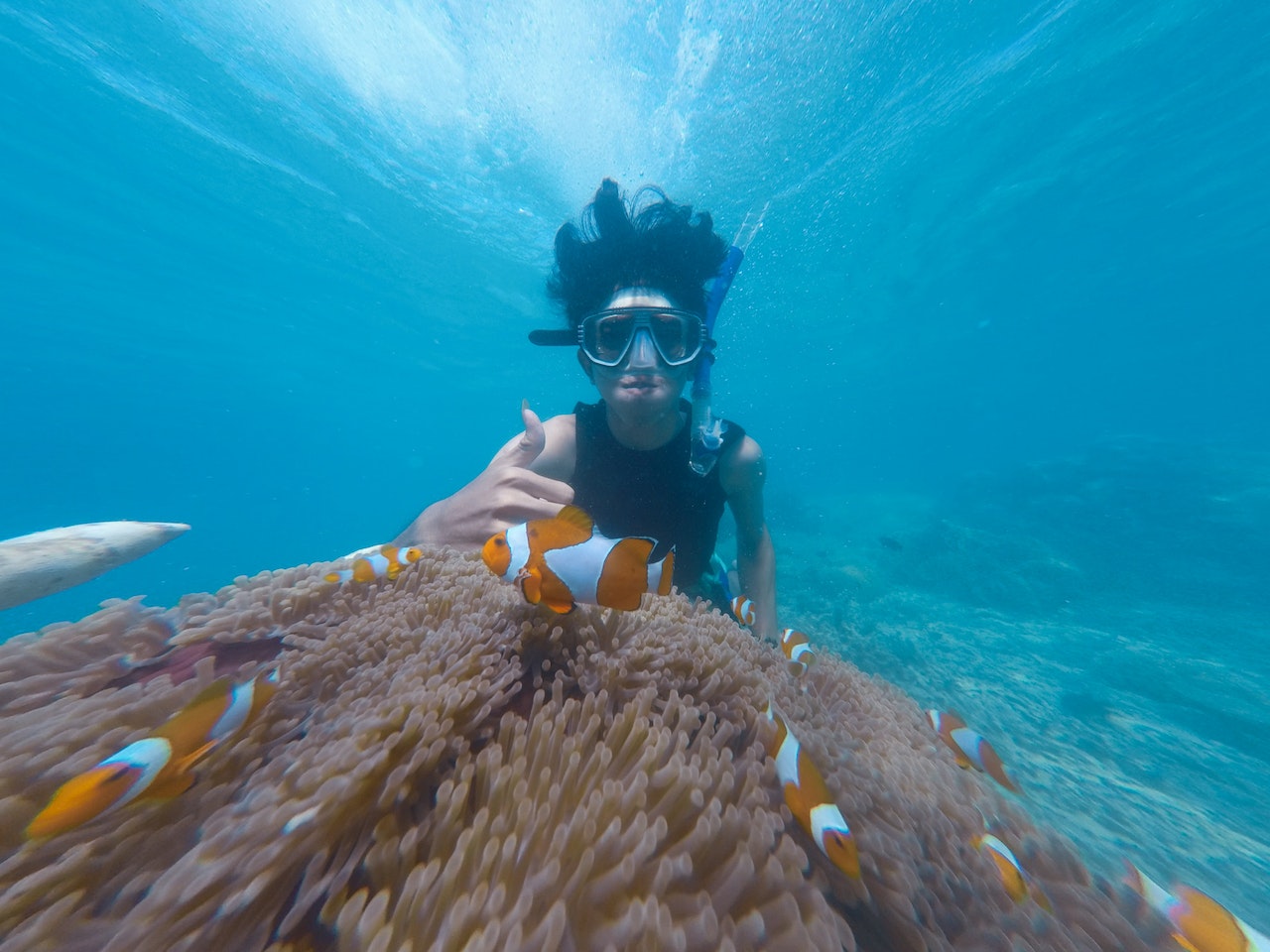Introduction
When you think of the ocean, you probably think of pristine surroundings teeming with marine life. But what about below the surface? What about when aquatic mammals are swimming around underwater? Aquatic mammals, such as dolphins and whales, rely on their eyes to navigate their surroundings. And since they rely on their eyes underwater, it’s important to protect them from potential damage. There are a few ways to do this: -Install protective lenses in your dive gear to keep your eyes safe while diving. -Use a full face snorkel that covers your entire face to protect your eyes from debris and other underwater hazards. -Make sure you follow instructions from the tourism authority when swimming or diving in areas frequented by aquatic mammals.
Read More : How rare are Sanpaku Eyes
What is the aquatic mammal eye protection program?
The aquatic mammal eye protection program is a voluntary initiative that helps protect the eyes of marine mammals while they are underwater. The program was created in response to the increasing number of incidents in which marine mammals are injured or killed by boat propellers.
To participate in the program, vessels must agree to follow certain safety guidelines. These guidelines include using a blade guard and maintaining a distance of at least one metre when operating around marine mammals. Vessels that participate in the program are also required to report any incident involving injury or death to authorities.
The goal of the aquatic mammal eye protection program is to reduce the number of injuries and deaths caused by boat propellers. By following these safety guidelines, we can help protect these animals from harm and give them back their natural habitat.
How does the program work?
The program utilizes a camera and light to capture images of the animals underwater, and then sends the images to a computer which analyses them for signs of injury. If there are any injuries, the program will send out alerts to fishers and other aquatic mammal observers so that they can take appropriate action.
The program, called the Marine Mammal Protection Act of 1972, was created to protect the eyes of aquatic mammals. The act states that any person who knowingly captures, takes, kills, injures or harasses a marine mammal shall be fined up to $50,000 and/or imprisoned for not more than one year. The act also prohibits any person from disturbing them while they are in their natural habitat.
Also Check it : Celebrities with Sanpaku Eyes
Who is eligible for the program?
The program is open to any person who can provide documentation verifying that they are visually impaired or have a disability. Participants must be affiliated with an accredited eye care professional, and must attend scheduled classes and/or consults with the approved professional.
Applicants must also pass a vision screening test. The class requirements vary depending on the level of impairment, but generally participants will need to attend a minimum of four sessions over eight weeks.
The Protect Eyes of Aquatic Mammals Underwater Program is open to any person who can provide documentation that they are exempt from certain fishing and hunting regulations. This includes people with disabilities, tribal members, military personnel, journalists, researchers and others authorized by a state or federal agency.
How do I apply for the program?
The NOAA Aquatic Mammal Program (AMP) offers a variety of programs to protect the eyes of aquatic mammals underwater. These programs include developing regulations for safe diving practices and usingNOAA Ship Monitors to provide real-time data on aquatic mammal sightings and movements.
To apply for an AMP permit, individuals must first complete an online application. The application includes information about the dive location and duration, as well as contact information for witnesses. Once the application is complete, NOAA will review it and either approve or denial the permit request. If approved, a permit will be sent to the applicant via email.
Also Read : What Causes Sanpaku Eyes
What are the benefits of participating in the program?
The benefits of participating in the program include learning about how to protect aquatic mammals underwater, understanding their habits and where they live, and increasing the public’s understanding of the importance of protecting these animals. In addition, participating in this program can help people be more conscientious when viewing aquatic mammals underwater, which can help conserve these animals.
The benefits of participating in the program are many and varied. Not only will you help protect aquatic mammals underwater, but you’ll also experience some fun perks along the way.
Some of the benefits of participating in the program include:
-Increased awareness and knowledge about aquatic mammals and their conservation.
-Improved safety when interacting with these animals, as well as a better understanding of their behavior.
-Enhanced relationships with local communities and other environmental organizations.
Conclusion
Protecting the eyes of aquatic mammals underwater is an important task for wildlife biologists. The ability to see clearly underwater is critical for these animals in order to find food and avoid predators. By wearing a face mask and eye protection when working with aquatic mammals, you can help ensure that they have the best chance of survival.












